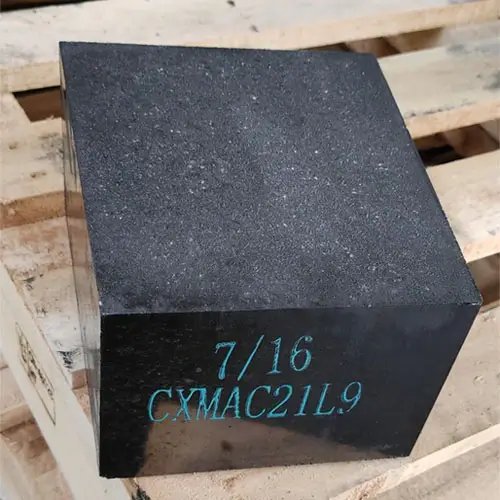Overview of Commonly Used Refractories for Tundish
During the steelmaking process, the tundish needs to withstand extremely high temperatures and strong erosion from molten steel, so choosing the right refractory material is crucial. The following are some commonly used tundish refractory materials:
High alumina refractory materials
High-alumina refractory materials are made from high-bauxite ore and are fired at high temperatures. Their notable features include high refractoriness and excellent erosion resistance. They can maintain excellent performance in high-temperature environments, making them an ideal choice for tundish linings.
Magnesia refractory materials
Magnesia refractories, primarily composed of magnesium oxide, are favored for their excellent slag resistance and high-temperature stability. During the steelmaking process, they effectively resist slag erosion and ensure the integrity and stability of the tundish lining.
Unshaped refractory materials
Monolithic refractory materials, such as castables and plastics, are popular due to their ease of construction and adaptability. These materials can be customized to the unique shape and size of the tundish, providing rapid and effective protection.

Characteristics of tundish materials
When selecting a tundish material, multiple properties must be considered, including its high-temperature stability, corrosion resistance, and thermal shock resistance. These properties directly determine the material’s performance and service life during the steelmaking process.
High temperature stability
The tundish material must remain stable in extremely high temperature environments, preventing melting or deformation. This is key to ensuring the proper functioning of the tundish and the continued progress of the steelmaking process.
Corrosion resistance
Due to the chemical attack of molten steel and slag during the steelmaking process, the tundish material needs to have excellent corrosion resistance. The more resistant the material is, the longer its service life will be.
Thermal shock stability
During the continuous casting process, the temperature of the molten steel fluctuates frequently. Therefore, the tundish material must have excellent thermal shock resistance to maintain its structural integrity and stability.
Application of refractory materials for tundish
Tundish refractories play a vital role in the steelmaking process. They not only form the lining of the tundish, protecting it from high temperatures and corrosion, but also have a direct impact on the quality of the molten steel and the stability of the continuous casting process. Specifically, these roles include:
Constitute the inner lining and protect the tundish
Refractory materials, as the inner lining of the tundish, directly withstand the high temperature erosion of the molten steel. By forming a protective oxide layer, they effectively isolate the molten steel from the tundish body, thus ensuring the long-term stable operation of the tundish.
Stabilize molten steel temperature
The thermal conductivity of refractory materials plays a key role in stabilizing the temperature of molten steel. By properly selecting and designing the structure of refractory materials, it is possible to accurately control the temperature of molten steel, thereby ensuring the temperature stability of molten steel during the continuous casting process.
Purify molten steel and improve quality
Certain refractory materials also have the function of purifying molten steel. They can absorb and remove impurities and inclusions in molten steel, thereby improving the purity and quality of molten steel.

